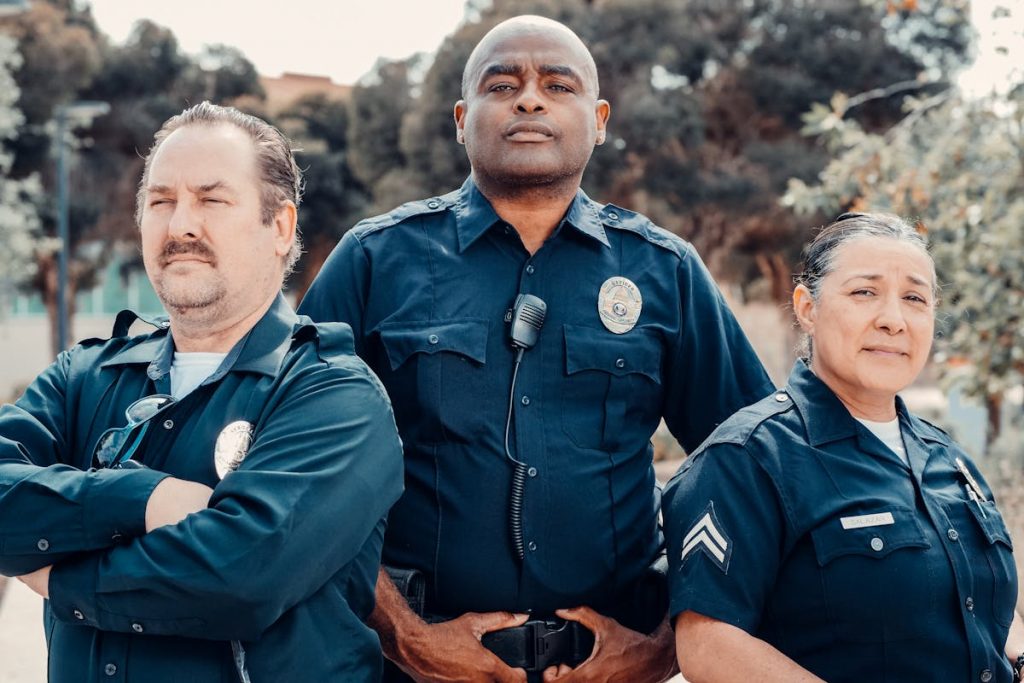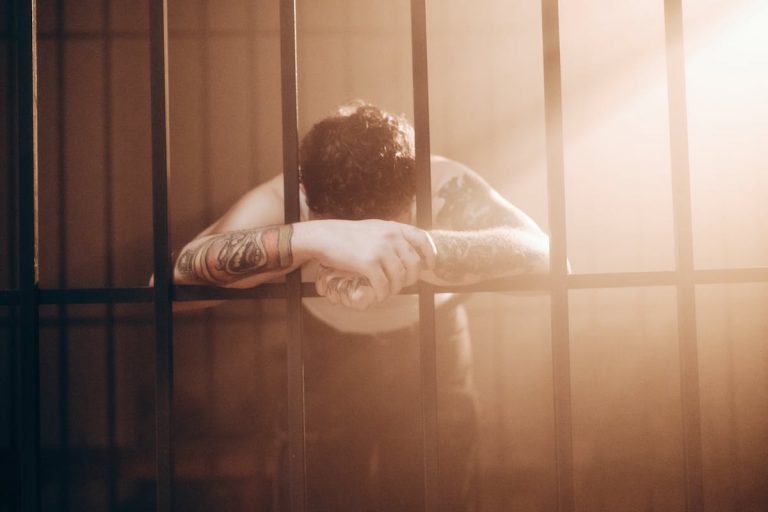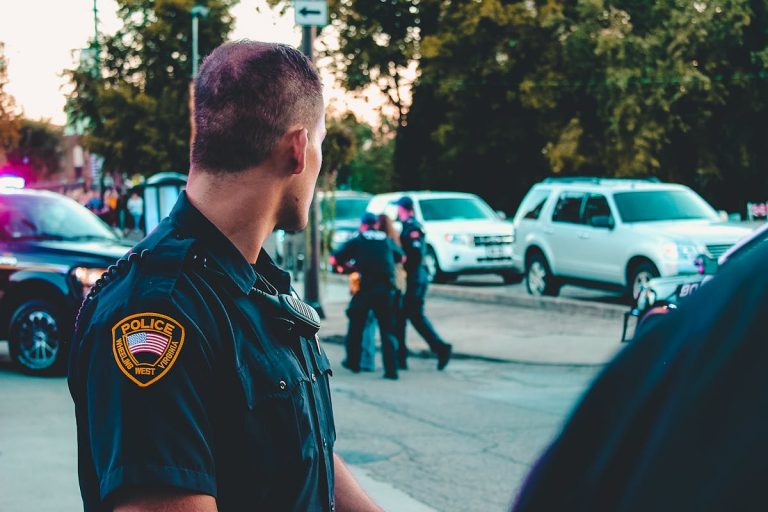An Order of Protection, a measure implemented by the court, serves as a shield for victims against potential harm. It sets explicit parameters to keep the alleged aggressor at bay, from maintaining a certain distance to vacating common abodes. But what does it take to secure such an order? And what are the implications for both parties once it is issued? There’s a wealth of complexities and nuances in how these orders function, underscoring the importance of understanding its facets, enforcement, and potential consequences.
Understanding the Basics
An Order of Protection, often regarded as a shield of law, is a legal instrument implemented by the court to safeguard individuals from threats, abuse, harassment, or violence perpetrated by another person. The legal definitions of these actions vary, but they commonly encompass physical harm, intimidation, stalking, or any action that incites fear or infringes upon an individual’s liberty.
The issuance of an Order of Protection requires a clear demonstration that the petitioner is at risk. The court must find reasonable grounds to believe that the respondent has inflicted or might inflict harm. This evidence-based process guarantees the balance between the rights of the alleged offender and the victim rights.
An Order of Protection details specific prohibitions against the respondent, such as contact restrictions or demands to vacate shared premises. It can be tailored to the individual needs of the victim, providing a robust and adaptable tool to prevent further harm. It is important to recognize, however, that an Order of Protection is not a criminal conviction; it merely sets boundaries to protect the petitioner and doesn’t presume the respondent’s guilt.
Different Types of Protection Orders
We now proceed to the exploration of the various types of protection orders, specifically focusing on Emergency Protection Orders and the range of Restraining Orders. Each of these orders carries its unique characteristics, use cases, and legal implications. An in-depth analysis of these orders will provide a thorough understanding of how they function and the distinct role they play in safeguarding individuals.
Emergency Protection Orders
Emerging as a significant tool in the battle against domestic violence, Emergency Protection Orders (EPO) provide immediate safety measures for potential victims. An EPO is a legal order issued by a court or law enforcement officer that offers protection during emergency circumstances where there is an immediate threat to one’s safety.
EPOs are designed to offer immediate safety by enforcing restrictions on the alleged abuser. This may include stipulations preventing them from contacting, approaching, or being within a certain distance of the potential victim. Ideally, this provides a protective buffer while further legal action is pursued, such as filing for a more permanent order of protection.
The emphasis of an EPO is on immediate action. Given the emergency circumstances, EPOs can be granted on the same day the request is made, often without the presence of the alleged abuser. This swift action is essential in situations where delay could result in harm or further violence. However, EPOs typically have a short lifespan, often expiring within a few days or weeks. Despite their temporary nature, EPOs are a significant first step in securing long-term protection for victims of domestic violence.
Restraining Order Varieties
Numerous types of protection orders exist, each tailored to suit different situations and levels of threat. Understanding these varieties is essential for victim support, as it allows for appropriate measures to be taken based on the severity and nature of the threat.
Firstly, Emergency Protection Orders (EPOs) are typically issued when immediate safety is a concern. These are temporary but can be issued swiftly without the respondent’s presence.
Secondly, Domestic Violence Restraining Orders (DVROs) are designed for situations involving abuse between intimate partners or family members. This legal terminology refers to a broader spectrum of behaviors, including physical harm, harassment, or threat.
Thirdly, Civil Harassment Restraining Orders (CHROs) are used when the involved parties do not share a close relationship. CHROs apply to situations involving neighbors, distant relatives, or acquaintances.
Lastly, Elder or Dependent Adult Abuse Restraining Orders are designed to protect vulnerable adults from physical or financial abuse.
The Legal Process Behind an Order
Understanding the legal process behind an order of protection is a significant aspect of this protective measure. It involves several steps that are designed to guarantee the rights of the victim are prioritized, and the law is upheld.
The process begins with the victim filing a petition for an order of protection. This step requires understanding and using legal terminology, as the petition must clearly describe the abuse or threat. This document forms the basis for the court’s decision, so it is essential to be accurate and thorough.
Once the petition is filed, a hearing is scheduled. The victim and the alleged abuser are both given the opportunity to present their cases. It is during this hearing that the judge will determine the validity of the claims.
If the judge is convinced of the need for protection, the order is issued. This order can include stipulations such as no contact, stay-away orders, and even custody changes. It is then served to the alleged abuser.
The entire process is designed to uphold victim rights while safeguarding due process for the alleged abuser. This is the legal process behind an order of protection.
Necessary Criteria for Obtaining Protection
In a victim’s quest for safety, understanding the necessary criteria for obtaining an order of protection is vital. The process is layered, and knowing the eligibility requirements can save invaluable time and effort.
This criteria overview is intended to provide clarity on the necessary steps to guarantee victims are equipped with the knowledge they need.
- To begin with, the applicant must be a victim of abuse, harassment, stalking, or threats, with evidence to substantiate these claims.
- In addition, the abusive party should have a particular relationship with the victim. This varies by jurisdiction but can include current or former spouses, family members, or individuals with whom the victim shares a child.
- Finally, the victim should have a genuine, immediate fear for their personal safety, which can be reasonably justified given the circumstances.
It is important to understand that the specific criteria may vary depending on local laws and regulations. However, having a sense of the fundamental eligibility requirements allows victims to initiate the protective order process more confidently, facilitating their journey towards safety and security.

Enforcing an Order of Protection
Having obtained an order of protection, the next step is guaranteeing its enforcement. Enforcement strategies differ based on jurisdiction, but generally involve local law enforcement agencies, courts, and social services departments working in tandem. The complainant must be proactive in reporting any violations of the order to the authorities immediately.
Understanding the legal implications of an order of protection is essential for both parties. For the person whom the order protects, enforcement can provide a significant shield from abuse or harassment. On the other hand, the person against whom the order is issued should understand that any breach may result in serious legal consequences.
The authorities use a variety of enforcement strategies, including routine checks, coordinated responses, and inter-agency collaboration. These strategies aim to guarantee that the order is respected and that the protected party is safe.
Furthermore, technological advancements have made it easier to enforce orders of protection. For example, some jurisdictions now use GPS technology to monitor the respondent’s movements.
Violations and Legal Consequences
Despite the protective measures put in place, violations of an order of protection can and do occur. These order violations are not taken lightly and are met with serious legal ramifications. The severity of the consequences often depends on the jurisdiction, the nature of the violation, and the violator’s previous record.
The consequences for violating an order of protection may vary, but often include:
- Legal Prosecution: The violator may face criminal charges, leading to potential imprisonment, probation, or hefty fines.
- Enhanced Penalties: If the violation involves an act of violence or stalking, the penalties can be markedly increased, including longer jail sentences.
- Permanent Record: A violation can result in a permanent criminal record, affecting future employment, housing, and other life opportunities.
It is important to note that an order of protection is a legally binding court order. Its violation represents a disregard for the law, which courts take seriously. Those who are subject to an order of protection should fully understand the conditions and the potential consequences of non-compliance. Legal counsel can provide valuable guidance in these circumstances.
Renewing and Modifying Orders
What happens when circumstances change after an order of protection has been issued? This is where the concepts of order renewal and the modification process come into play. Orders of protection are not static legal instruments; they can evolve with changing circumstances.
Order renewal is typically sought when the protected party still feels threatened or at risk when the order is close to its expiration. This process involves submitting a request to the court, again demonstrating to the judge that the threat of harm remains. Each jurisdiction has its own specific rules regarding the timing and basis for order renewal, but generally, the court will consider the seriousness of the original offense, any subsequent violations of the order, and any ongoing threats or actions of intimidation by the respondent.
Simultaneously, the modification process allows for changes in the terms of the order. Either party may request modification, which could involve increasing or decreasing restrictions, or adding or removing protected parties. Like renewal, modification requires a court hearing where the requesting party must show a significant change in circumstances to warrant the proposed alterations. Through renewal and modification, an order of protection can be tailored to continue meeting the safety needs of those involved.
Real-Life Examples of Protection Orders
Understanding the implications of protection orders often benefits from reviewing actual cases where they were utilized. High-profile celebrity instances provide a glimpse into how these legal tools function in the public eye. Meanwhile, domestic abuse restraining orders illustrate their critical role in safeguarding individuals in private spheres.
Celebrity Protection Order Instances
In the world of high-profile celebrities, the need for protection orders is not uncommon. Celebrity stalkers pose significant threats to public safety and celebrity privacy. High profile cases often garner significant media attention, highlighting the complexity of such situations and the legal ramifications involved.
Protection measures, such as restraining orders, are often sought in court hearings to deter these stalkers and guarantee the safety of the celebrities. These orders are legally binding and violation could result in severe penalties, including imprisonment. Despite these measures, celebrities continue to face challenges in maintaining their privacy and safety.
To illustrate, consider the following real-life instances:
- Pop star Taylor Swift has faced numerous instances of stalking, leading to her seeking multiple protection orders against different individuals over the years.
- Actress Sandra Bullock underwent a horrifying ordeal when a stalker broke into her home, leading to a high-profile court hearing and an issued protection order.
- Model and television personality Kendall Jenner had to acquire a protection order against a man who repeatedly trespassed on her property, putting her safety at risk.
These cases underscore the importance and necessity of protection orders in maintaining public safety and privacy.
Domestic Abuse Restraining Orders
While the prevalence of protection orders in the celebrity domain is a significant topic, it’s also vital to shed light on how they play a fundamental role within the context of domestic abuse. These restraining orders, often enacted to shield vulnerable individuals from further harm, are essential lifelines for victims maneuvering the turbulent sea of domestic violence.
Victim support is an integral element of these orders. By granting an order of protection, the court acknowledges the victim’s plight and actively steps in to guarantee their safety. This not only provides immediate security but also serves as a form of emotional support, validating the victim’s experiences and signaling that their concerns are being taken seriously.
Legal representation plays a vital role in securing domestic abuse restraining orders, guiding victims through complex legal landscapes and advocating on their behalf. Skilled lawyers can effectively communicate the urgency and severity of the abuse to the court, helping to secure swift and decisive action.
Frequently Asked Questions
Can a Protection Order Affect My Child Custody Rights?
Yes, a protection order can potentially impact child custody rights. The court may consider it when determining custody arrangements, factoring in the protection order enforcement and its child custody implications for the child’s safety and welfare.
Will the Order of Protection Show up on Background Checks?
Yes, an order of protection typically appears on background checks, impacting assessments of one’s character. This can present enforcement challenges, legal implications, and long-term effects, especially if there are violation consequences or a renewal process involved.
How Can I Get Legal Aid to File for an Order of Protection?
To obtain legal aid for filing an Order of Protection, consult local legal aid resources. Many nonprofits and law firms offer pro bono services or sliding scale fees to assist with the filing process.
Does a Protection Order Cover Digital or Online Harassment?
Yes, a protection order can cover digital harassment, providing online safety. It typically includes provisions prohibiting the respondent from engaging in electronic communication that harasses or intimidates the petitioner.
Can I Move to a Different State While Under a Protection Order?
Yes, you can move to a different state while under a protection order. However, relocation implications may arise, potentially leading to enforcement challenges, depending on the jurisdictional laws of the new state related to domestic violence.





